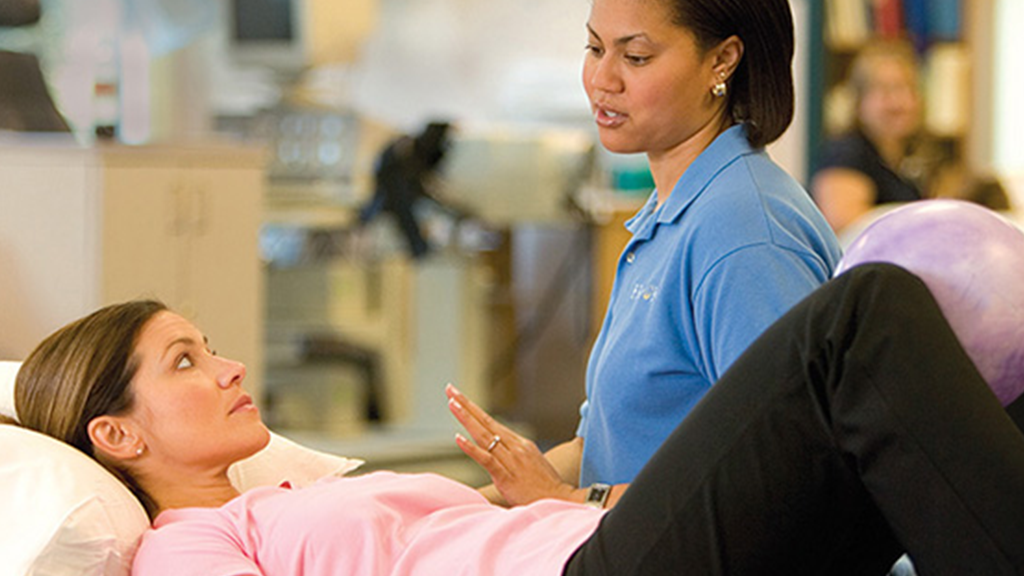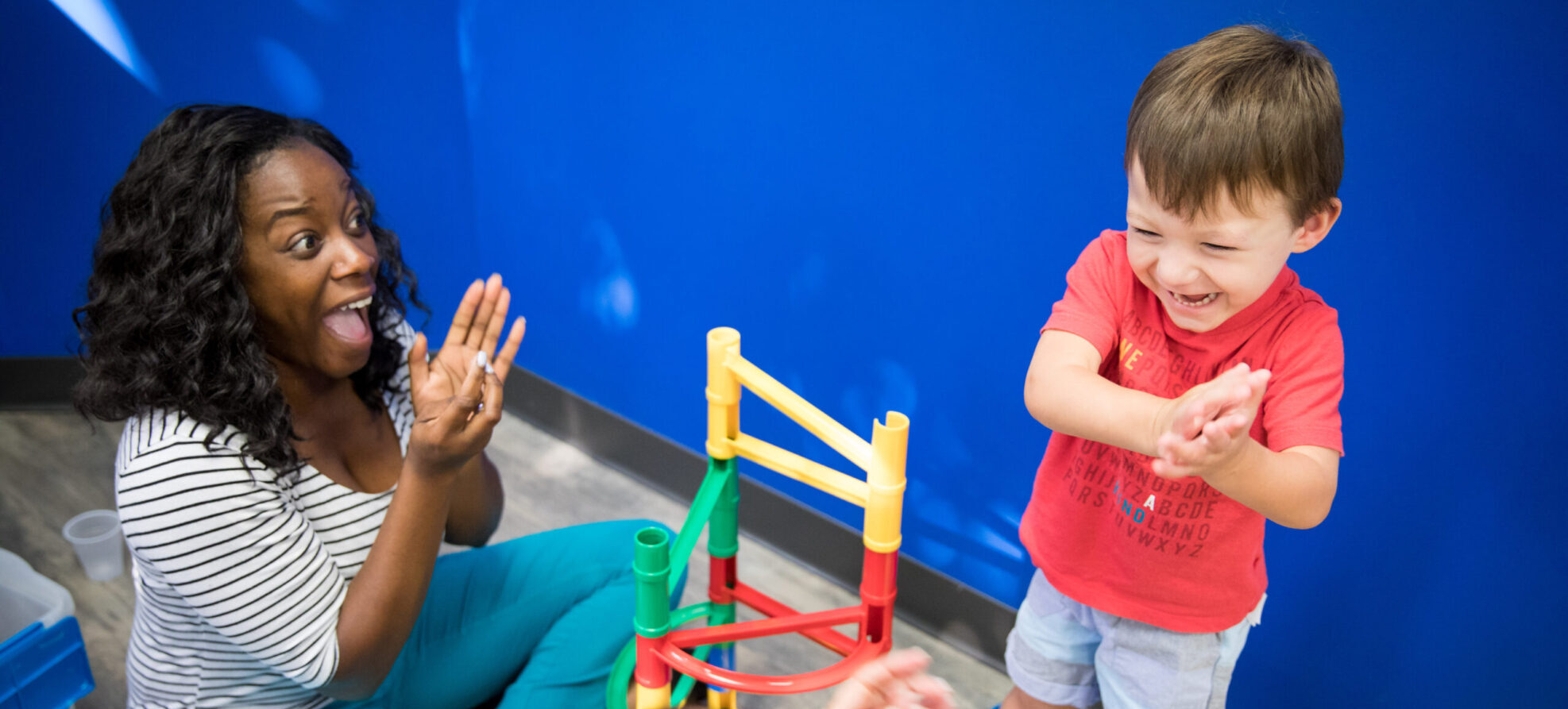7 Things You Need to Know About Pain Rehabilitation

Back to physical health resource hub
Pain is defined as physical suffering or discomfort caused by illness or injury. An individual can suffer from chronic pain for years, while trying many forms of treatment.
Pain, however, doesn’t have to be a lifelong ailment. Pain rehabilitation addresses the medical, physical, emotional and functional side of pain to empower individuals to regain control of their life through a variety of therapeutic interventions and treatments. Many people are not familiar with pain rehabilitation, so we’ve compiled the top seven things to know about our program:
- It’s about you controlling the pain instead of it controlling you. Loss of control is usually the top complaint of people with chronic pain. Pain rehabilitation puts you back in the driver’s seat instead of pain, by teaching you a variety of strategies to reduce pain, improve mood and increase activity.
- It takes a team, sometimes a village, to get better. Chronic pain affects virtually all aspects of a person’s life; therefore, it takes a team of dedicated professionals (who specialize in chronic pain) working in unison with the patient, family and payer to regain control of life. This team includes a physician and nurse, pain psychologist, doctoral level physical therapists and a biofeedback therapist.
- It’s also about the brain. All perception, including pain, is understood by the brain. Traditional medical approaches to treating chronic pain focus mainly on the area of the body that produces the pain signal. While this is needed, all chronic pain guidelines emphasize the additional need to focus on the brain and spinal cord when understanding and treating chronic pain. Pain rehabilitation is about treating the whole person.
- Allowing pain to ‘be your guide” to activity may be making you worse. Chronic pain is completely different from acute pain (e.g. sports injury, post-operative) in that allowing pain to dictate your activity is likely to lead to muscle weakness, reduced range of motion and sedentary activity. This, in turn, typically worsens pain and leads to depression as well as frustration. Pain rehabilitation will help you know the difference between “bad pain” and activity which may injure you vs “good pain” which is part of getting better.
- Our body and mind need movement. Research strongly recommends patients with chronic pain continue realistic activity levels to prevent the condition from become worse. This includes pain problems such as arthritis, fibromyalgia and back pain. Most people experience less pain once their body regains mobility. There is also a wealth of research showing that movement and exercise help reduce stress and improve mood.
- Opioid medication may be making the pain worse. Research suggests that many patients who take moderate to high dose opioid medications over a long period of time develop a problem called opioid induced hyperalgesia (OID). One of the primary strategies to treat OID is to wean from opioids under the direction of a physician. Almost all patients who wean from opioids while participating in a pain rehabilitation program report pain reduction, mood and sexual functioning improvement, as well as enhanced concentration.
- Don’t ignore stress. Pain increases stress and stress worsens pain. Pain rehabilitation teaches a variety of stress management strategies including biofeedback, mindfulness training, education and psychological treatment. Some patients may need antidepressant medication to help when depression or stress are severe.
For more information about our Pain Rehabilitation program, click here.


